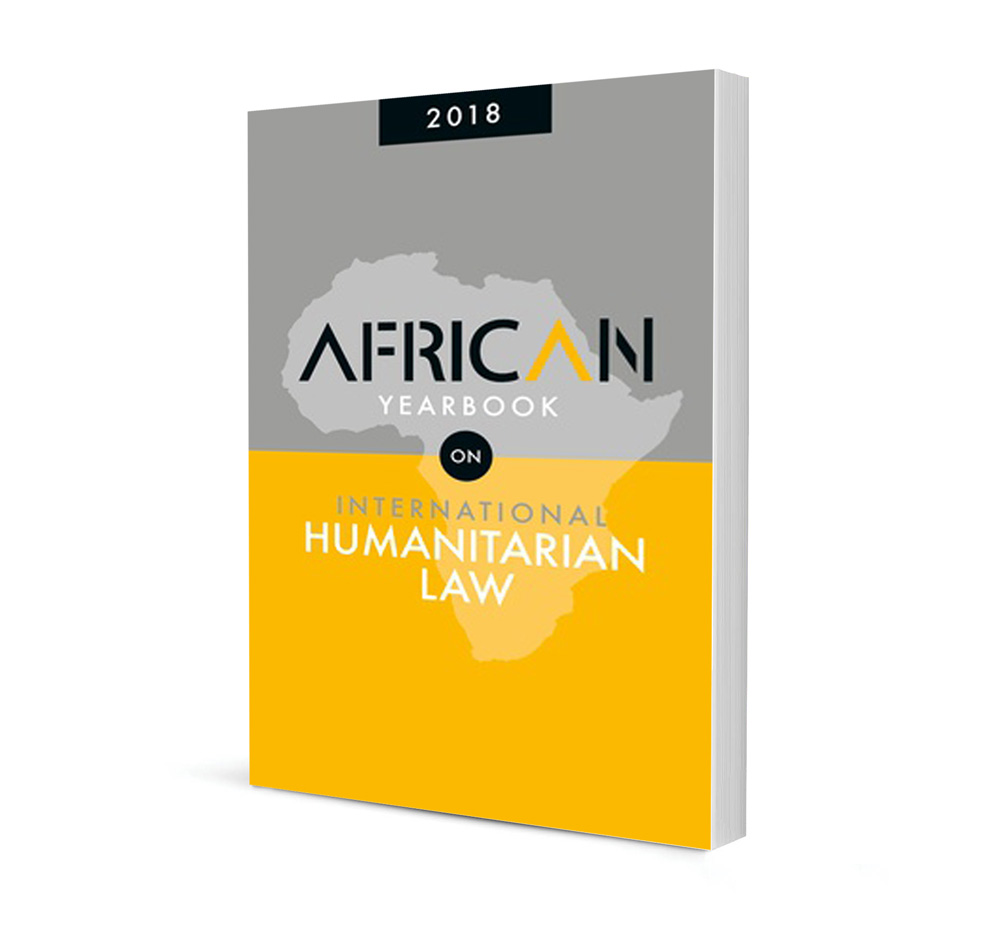Persuasive Prevention: Ending Mass Atrocities in Africa

Persuasive Prevention: Ending Mass Atrocities in Africa
Authors Dan Kuwali
ISSN: 2521-2621
Affiliations: Extraordinary Professor of International Law, Centre for Human Rights, University of Pretoria, Distinguished Professor of International Law and International Relations, University of Lilongwe, Malawi, and Fellow, Carr Centre for Human Rights Policy, Harvard Kennedy School of Government
Source: African Yearbook on International Humanitarian Law, 2016, p. 108 – 136
Abstract
Africa is a continent which has experienced some of the world’s worst mass atrocities. Notwithstanding the provision of the right to intervene in a member state in the face of war crimes, genocide and crimes against humanity under Article 4(h) of the Constitutive Act of the African Union and construction of an ambitious continental human rights protection architecture, Africa is still a continent riddled with conflicts where mass atrocities have flourished. This paper advances a concept of ‘persuasive prevention’— a graduated approach to secure respect for human rights and humanitarian norms as well as conflict prevention strategies through constructive engagement by civil society and the international community with potential perpetrators, backed by credible multilateral enforcement mechanisms. The aim of the Article 4(h) intervention should, first and foremost, be to prevent mass atrocities from occurring and, where mass atrocities are occurring; intervention should be aimed at protecting the populations at risk and the pursuit of perpetrators.